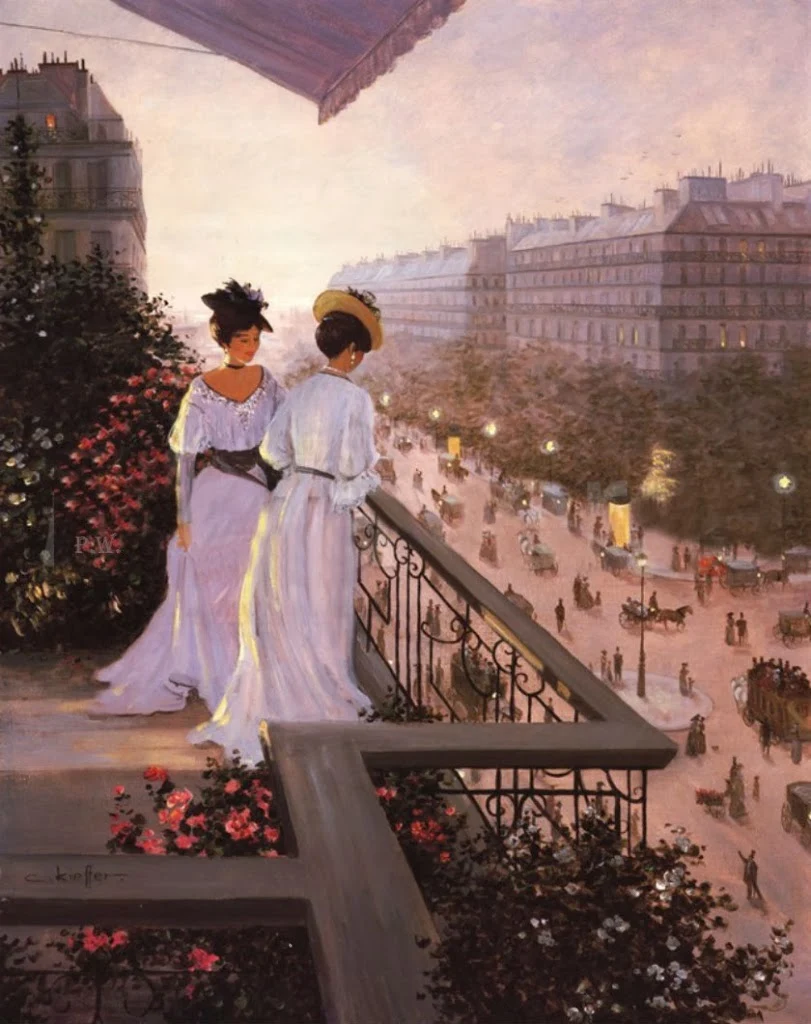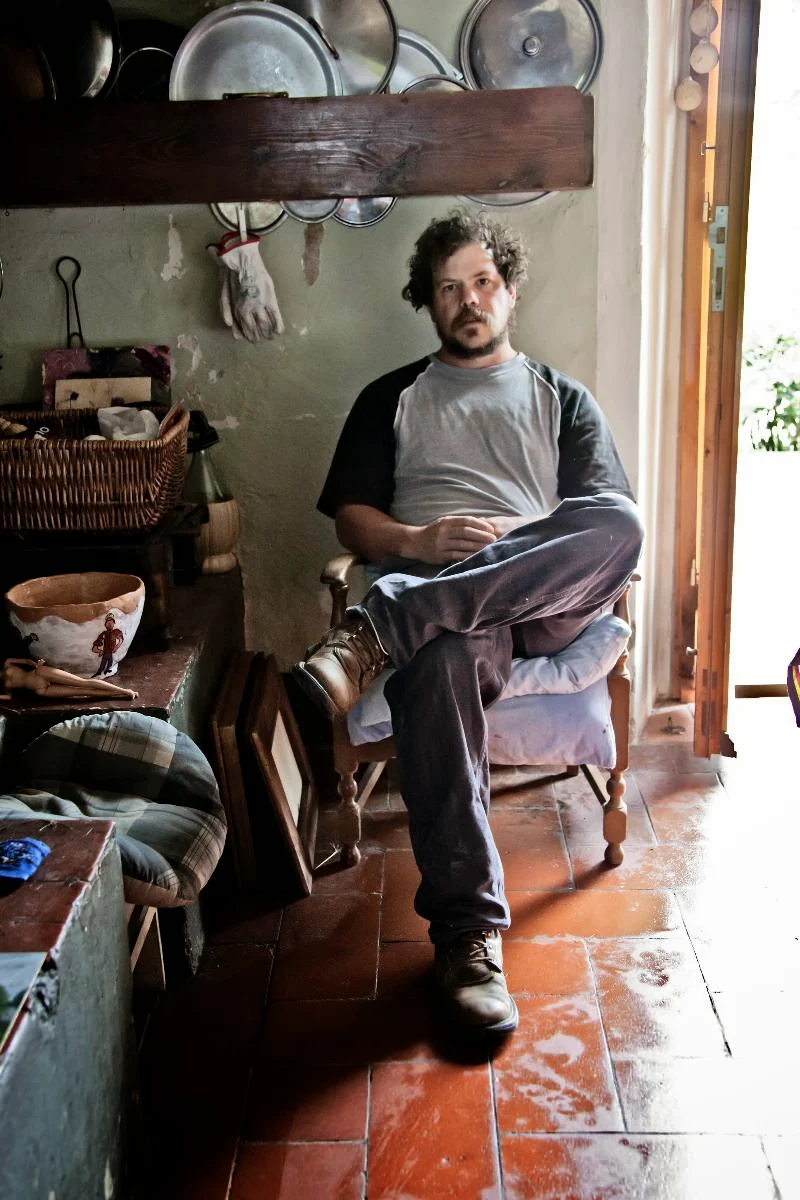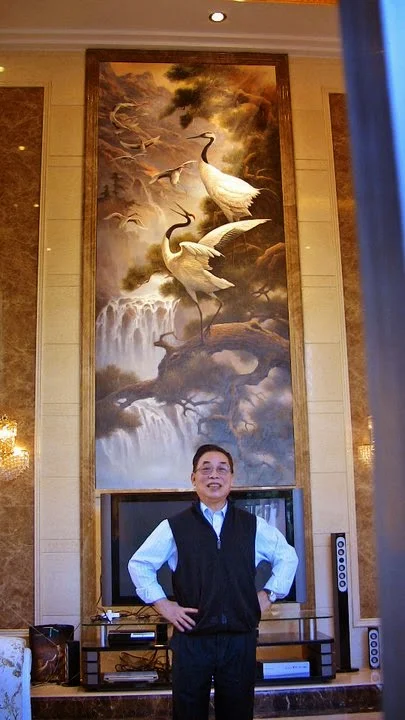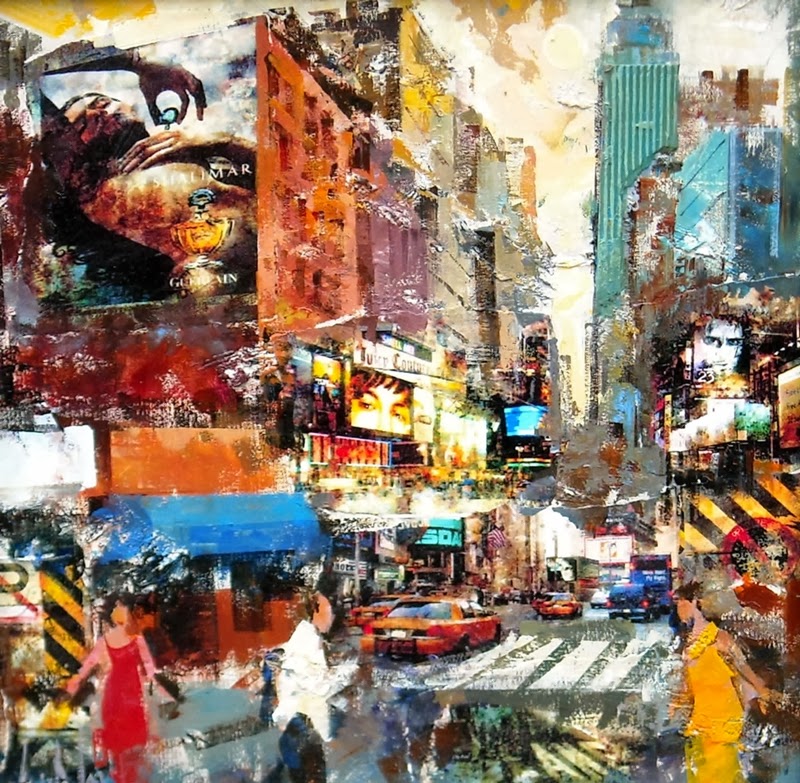German painter* Christa Kieffer was born in Tubingen, Germany. As a child, her earliest memories are of “soaking up the atmosphere of a particular place or region”. An intuitive kindergarten teacher recognized Kieffer’s potential and provided her with a quiet place to draw and paint. The artist studied extensively throughout Europe then moved to the United States to attend the Art Center College of Design in Los Angeles.
Home » Tutti i post

Christa Kieffer, 1949 | La Belle Époque
.jpg)
Frédéric Dufoor, 1943
Born in Tournai, Belgian painter Frédéric Dufoor attended the Institute of Saint-Luc in Tournai and also the Academy of Mons. After a brief Bohemian interlude, he was enrolled with the studio of Louis Van Lint, at Saint-Luc in Brussels. In 1967, he went on to teach at the Superior Institute for Graphic Communications for 10 years, then held the post of professor at Saint-Luc in Brussels until December 1998. Initially, briefly influenced by his professors, he developed his art as an aesthetic one, spare, to the limits of abstraction.
.jpg)
Leonardo da Vinci | Differenza che ha la pittura con la poesia
Trattato della Pittura - Parte prima /16
La pittura è una poesia che si vede e non si sente, e la poesia è una pittura che si sente e non si vede.
Adunque queste due poesie, o vuoi dire due pitture, hanno scambiati i sensi, per i quali esse dovrebbero penetrare all'intelletto.
Perché se l'una e l'altra è pittura, devono passare al senso comune per il senso più nobile, cioè l'occhio; e se l'una e l'altra è poesia, esse hanno a passare per il senso meno nobile, cioè l'udito.
.jpg)
Beatrice Bissara, 1972 | Figurative sculptor
Beatrice Bissara is a painter and sculptor native to Paris, France. From a young age, Beatrice Bissara evolving in the world of art. His childhood was rocked by the museum visits, walks Flea and the atmosphere of the auction rooms auction. Thus accompanying his father with a passion for ancient art, she already forged her taste for classical beauty.
Yet although never be away from this familiar world, it will take a few years to discover a true creative vocation.
After graduation, MSG Dauphine, Master of Political Science and Master of art history at the Sorbonne, during the evening of the Ecole du Louvre; she worked successively at an expert on modern and contemporary paintings and with a modern art dealer, and finally at Sotheby’s in the expertise of old paintings, particularly of the 17th and 18th centuries.
Ben Fenske, 1978
American painter Ben Fenske was born in Minnesota. He first studied painting and drawing in Minneapolis with Peter Bougie and Joseph Paquet and later in Italy at The Florence Academy of Art.
He is an avid portrait and landscape painter working in New York and Italy. Ben Fenske’s career and work have evolved greatly since our last catalogue in 2009. The promise of years passed has come to fruition, as fleeting sketches have become fully finished large canvases. Fenske's work has become richer, more colorful, and most importantly, the compositions have become more resolved. As you can see by the interiors, landscapes and figurative paintings, Fenske continues to be inspired by the world that he inhabits.

Arturo Samaniego
American painter Arturo Samaniego living and working in Naples, Florida. After years of figurative and portrait work, Samaniego has developed a style and a set of themes that suit his interest, and allow him to flex his creative muscles. Over the last few years his subject matter has become what he calls “contemporary still life”. The artist explains, “I am always inspired and challenged by the representational tradition of realism in oil painting, and I am equally intrigued by the energy and freedom of contemporary art.
For this reason, my still lifes employ a careful execution in a realistic style, and also combine contemporary compositional elements, such as close-ups, sparse setups, clean lines, and the like”.
.jpg)
Tan Chun Chiu ~ Watercolor painter
Tan Chun Chiu was born in China and developed an interest in art when he was a young child. He began his art studies in China and continued when he came to America in 1974. His delicate work is the combination of the essential qualities of traditional realism and contemporary painting techniques.
Accomplished in a wide range of media, he incessantly challenges his mastery of watercolor, oil and printmaking. Many subjects inspire the widely traveled artist. Pre-eminent among them is an abiding reverence for the peace and beauty of the world of nature that is reflected in his painting.
Iscriviti a:
Post (Atom)


.jpg)
.jpg)
.jpg)
.jpg)

.jpg)
.jpg)
.jpg)
.jpg)
.jpg)